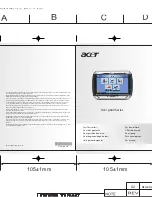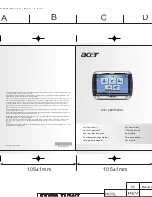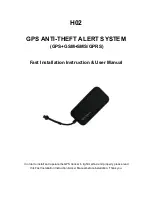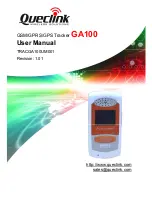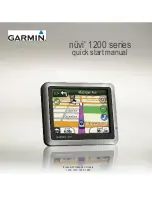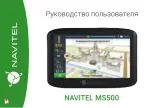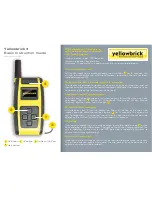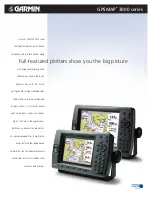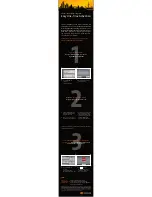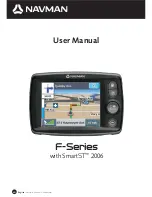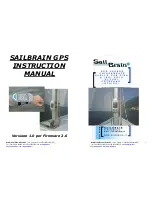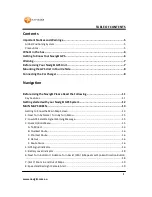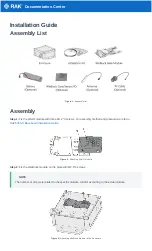
GPS ANTENNA
GPS is a line of sight system, which means in order for the receiver to track the satellite, there must
be unobstructed path directly to them. Buildings, trees, machinery, and human bodies are common
obstructions. When locating the antenna/receiver, find a place where the antenna will have an unob-
structed view of the sky. Items such as electrical motors, generators, alternators, strobe lights, radio
transmitters, cellular phones, microwave dishes, radar, active antennas, etc., all generate electrical
and magnetic fields which can interfere with the GPS or WAAS signal. Mount the
a
ntenna/receiver
away from such potential sources of interference. The GPS can be de-tuned by close proximity to
other objects. For example, if you place the antenna under fiberglass, its performance could be
degraded. Usually, if the antenna/receiver is lowered so that at least a quarter of an inch gap is made
between the antenna/receiver and the covering plastic or fiberglass, acceptable performance can be
achieved. Metal or other dense materials will completely block the GPS signals.
RADAR OUT
The receivers can simulate a Doppler radar commonly used on agricultural equipment for detecting
speed. The GPS receiver is always calculating speed and can generate the signals, which can be
used by equipment requiring radar input. The receiver is normally configured at the factory for
radar output.
It should be noted that the GPS can only determine speed when it is navigating. If a tree
line blocks too many satellites or if for some other reason the receiver is unable to navigate, then the
radar output could become invalid. The receivers default settings are: GGA and VTG at
4
Hz and
a baud rate at
19,2
00 bps.
016-01
71-002
0
8/05
SHEET 4 of 5







